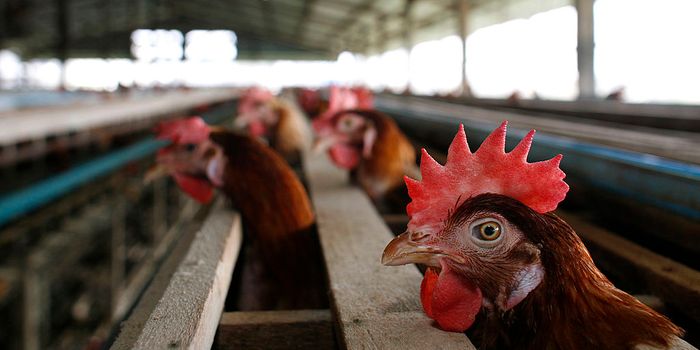Social distancing is back, but this time it applies to our feathered friends.
New Government guidelines have been issued by the UK Health Security Agency amid fears of a potential bird flu breakout.
The new recommendations state that people should keep their distance from “wild birds” as much as possible, ideally two metres in order to prevent catching diseases.
The advice, created with help from the RSPCA and Animal and Plant Health Agency, says people should also steer clear of animal droppings and dead birds.

Highly pathogenic avian influenza (HPAI) H5N1 was confirmed in commercial poultry on 14 February 2024 at a premises near Hutton Cranswick, East Yorkshire, Yorkshire.
According to UKHSA, there have been 298 confirmed cases of HPAI since October 2021. Over 700 confirmed cases of H5N1 have been detected among wild birds in England since September 2022.
Symptoms of birds infected with the most serious strain of bird flu include swollen head, closed and runny eyes, lethargy and depression, lack of coordination and many more.
The UKHSA warning reads: “If you decide that you need to handle a wild bird, there are some steps which you can follow to reduce the risks including keeping the bird outside, wear clothing that will stop you being injured by scratches or bites (trousers and long sleeves) and disposable gloves and eye protection (for example, goggles or glasses).
They also advise washing clothing and eye protection after use and disposing of gloves by putting them in a plastic bag, tying a knot in the bag and then placing in an outside bin.
Authorities are concerned about a particular subtype of the flu called G5N1. It’s an emerging virus that is causing global concern as it’s considered a potential pandemic threat.
Experts fear the growing spread among species could allow the virus to pick up mutations that enable it to take off among humans.
Usual symptoms in humans are high fever, a cough, sore throat, muscle aches and a general feeling of malaise.
And just like with ordinary flu, it can quickly develop into serious respiratory illness and pneumonia.
Human infections occur when the virus gets into a person’s eyes, nose, mouth or is inhaled.
Anyone who suspects that they may have symptoms of the virus are urged to contact their regional healthcare protection team immediately.
Related Links:
‘Mutant pigeon’ with giant feet is leaving people seriously disturbed
Cat suffers from rare condition that makes them gain insane muscle mass
Driver tried to switch seats with his dog to avoid DUI arrest
Entire town turns out for dying dog’s final walk
108-year-old woman says secret to long life is to have dogs and not children














































